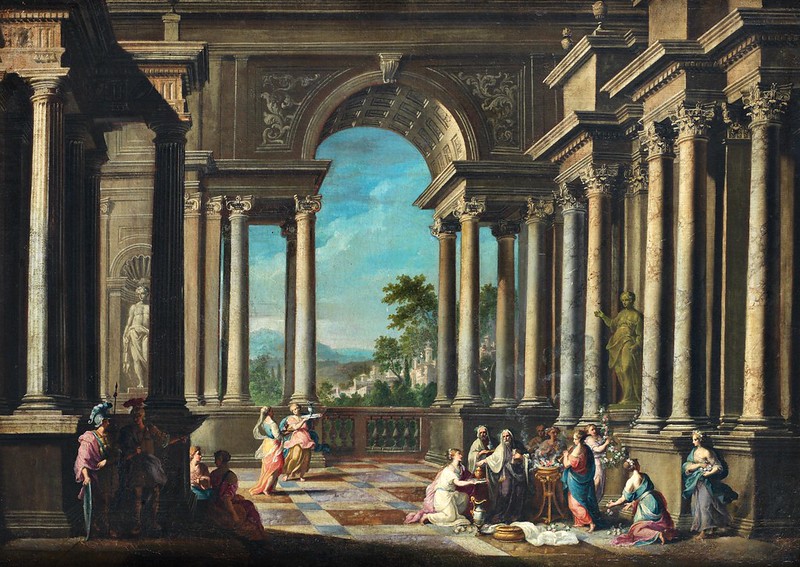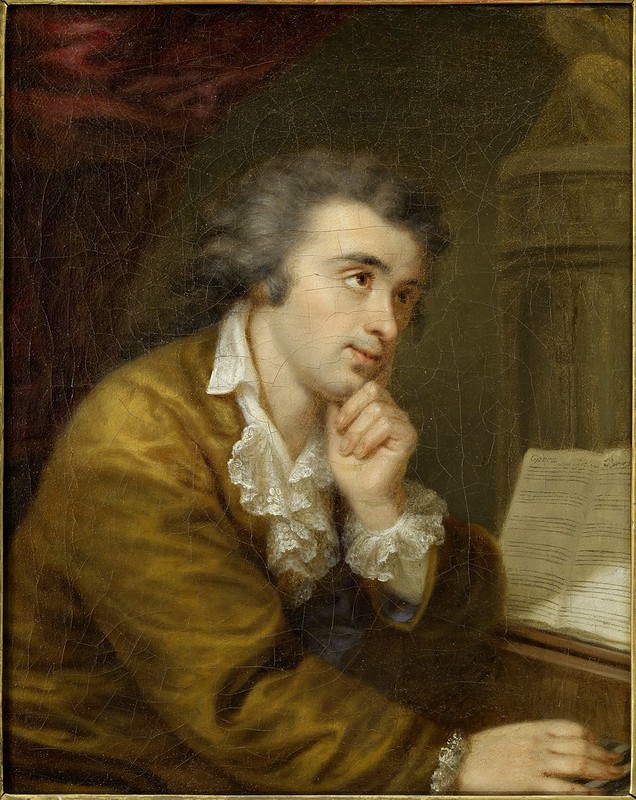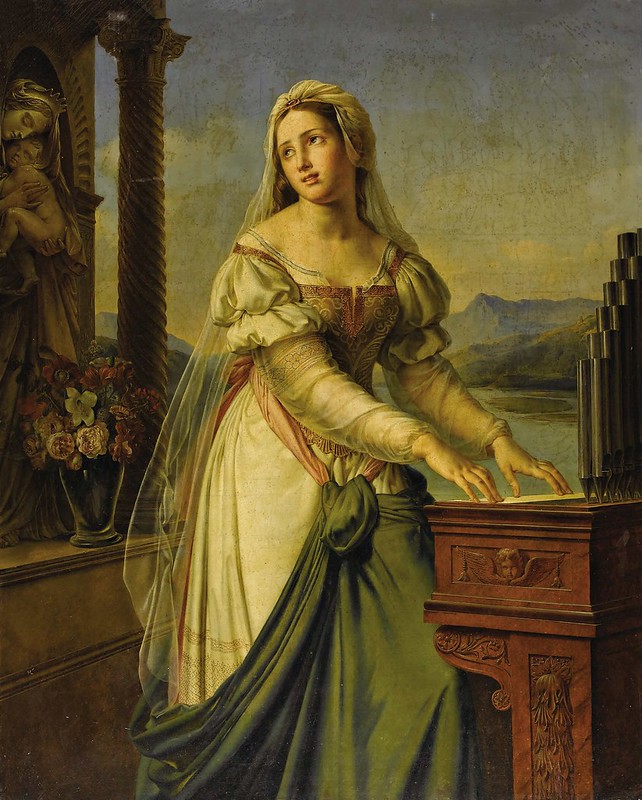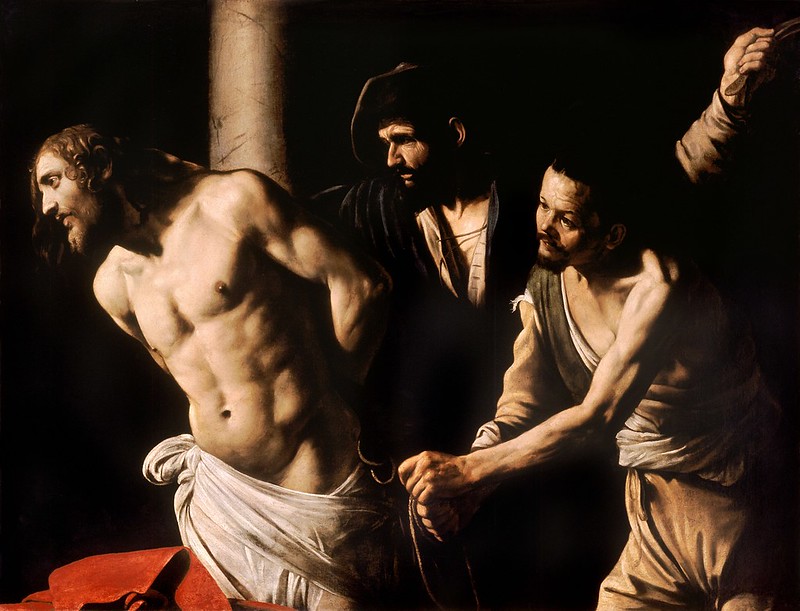Marin Marais (1656-1728) - Sonate a la Maresienne (1723)
Performers: Boston Museum Trio
Further info: La Gamme Et Autre Morceaux De Symphonie
---
French composer and viol player. The son of Vincent Marais, a shoemaker
of humble origins, Marin entered the choir school of St
Germain-l'Auxerrois in 1667, helped by his uncle Louis Marais, vicar of
that church which was under royal patronage. He remained there until
1672 and received an excellent musical education under François
Chaperon; the young Michel-Richard de Lalande was a fellow pupil. It was
probably there that Marais began to learn the viol before completing
his studies with the famous bass viol player Sainte-Colombe. He is said
to have surpassed his teacher after six months, so that soon (by about
1675) he was playing in the Opéra orchestra in Paris. Thanks to Lully,
director of the Opéra, he took part in the first performance of Atys at
court in 1676, the year of his marriage to Catherine Damicourt, and
pursued his instrumental career there from 1679 as an ordinaire of the
musique de la chambre du roi. Having received an excellent training from
Lully, he soon became a composer. In 1686 he published his first
collection of pieces for viol, and had an Idylle dramatique performed at
Versailles ‘in the presence of the whole court’. It was well received.
Later he also wrote motets, but it was in instrumental and dramatic
music that he excelled. From the end of the 17th century his fame spread
beyond the frontiers of France, and he attained the peak of his career
in 1706 with the first performance of his tragédie en musique Alcyone.
At this time he had just replaced Campra as batteur de mesure
(conductor) of the Opéra orchestra and was a close friend of Nicolas
Bernier, who married his daughter Marie-Catherine in 1712. After the
failure of Sémélé in 1709, and facing serious competition as a viol
virtuoso from Antoine Forqueray, Marais progressively withdrew from
public life. His son Roland Marais (c.1685-c.1750) was also a viol
player and composer.
A viol virtuoso, Marais was one of the first French instrumentalists to
make his mark as a soloist. Gifted with a remarkable technique he
developed it, adding new complexities. His pleasing tone had a rare
power, thanks to an ‘airy’ style of playing which made full use of open
strings and their harmonics. However, his virtuosity always took second
place to his musicality. His performances, full of charm and ‘fire’,
captivated his contemporaries, who said that he played ‘like an angel’.
Composer and performer were closely linked, for at this time soloists
concentrated almost exclusively on playing their own works at concerts.
Between 1686 and 1725 Marais published five books of pieces for viol and
continuo, and several suites for two and three viols – a total of 596
pieces grouped into 39 suites, two of them for three viols. In addition
there are 45 unpublished pieces in the Panmure Collection in Edinburgh
(c1680) and the Pièces en trio pour les flûtes, violons et dessus de
viole (1692), one of the first examples of trios in France, as well as
La gamme et autres morceaux de symphonie pour violon, viole et clavecin
(1723). These suites, of varying length, represent a complete repertory
of the dances of polite society at the time. They contain from 7 to 41
short, simple movements, framed by more elaborate items: preludes,
chaconnes or passacaglias with brilliant variations. There are also
‘character-pieces’ of diverse kinds. Some aim for instrumental
difficulty: fantasias, bourrasques, caprices and the Couplets de folie,
32 variations on Corelli's famous theme; others are descriptive,
featuring bells, blacksmiths and Turkish or Persian marches. Others,
finally, are autobiographical: tombeaux dedicated to Marais's masters,
Lully and Sainte-Colombe, and to one of his sons, and there is also the
Tableau de l'opération de la taille, describing the removal of a
kidney-stone. They are interesting for their freedom of inspiration,
harmonic effects, rapid modulations and discreet but genuine
sensitivity.

















